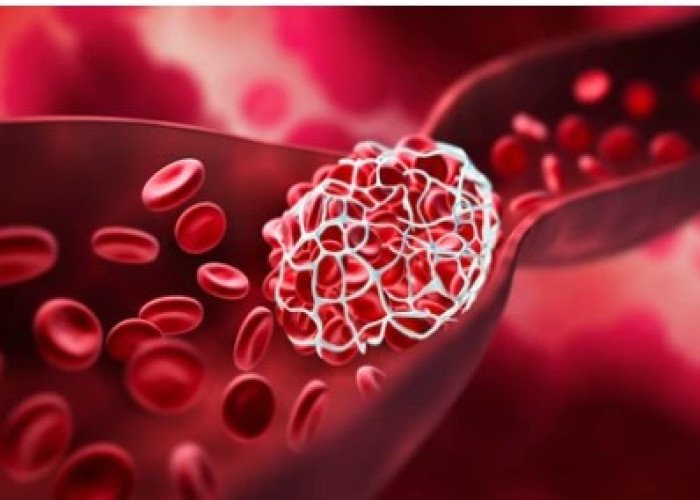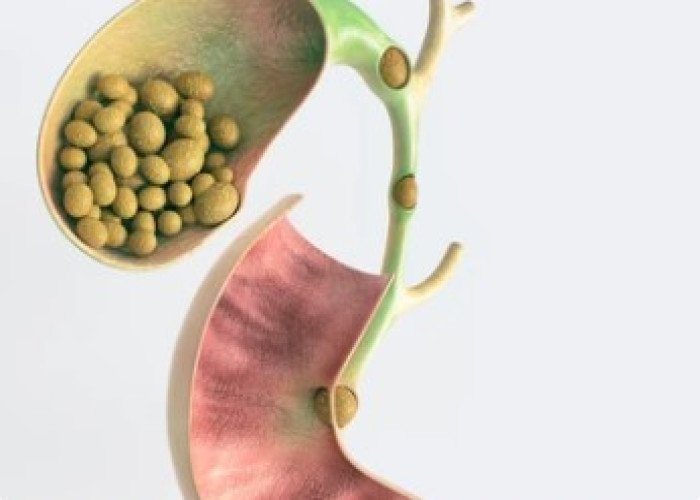 Welcome
Welcome
“May all be happy, may all be healed, may all be at peace and may no one ever suffer."
Loading...
Pale face Generics
Pale face - Homeopathic remedies
A pale face can be caused by a variety of factors, ranging from mild to serious. Some common causes include:
- Anemia: A condition where there are not enough red blood cells to carry oxygen to the body's tissues, leading to paleness.
- Low blood pressure: Blood pressure that is too low can cause a decrease in blood flow to the face, leading to paleness.
- Shock: A life-threatening medical emergency that can cause paleness, among other symptoms.
- Hyperventilation: Breathing too quickly or deeply can lead to a decrease in carbon dioxide in the blood, which can cause paleness.
- Dehydration: A lack of fluids in the body can cause paleness.
- Stress or anxiety: Emotional stress or anxiety can cause the body to release hormones that can cause paleness.
- Hypothyroidism: An underactive thyroid gland can cause paleness.
Treatment for a pale face depends on the underlying cause. Treatment may include increasing fluid intake, addressing anemia or other underlying medical conditions, reducing stress or anxiety, or addressing low blood pressure. It is important to seek evaluation from a healthcare provider if paleness is severe, persistent, or accompanied by other symptoms.

Snoring
N/A

Arthritis in neck
N/A

Eyelids dance
N/A

Chuli
N/A

Blood clots in brain
N/A

Gallstones
N/A

Diarrhea
N/A

Filariasis
N/A
Searching Keywords Idea
Pale face, ফ্যাকাশে চেহারা
Bangladesh is Number One in Digital Medical Management.
To be happy, beautiful, healthy, wealthy, hale and long-lived stay with DM3S.
To be happy, beautiful, healthy, wealthy, hale and long-lived stay with DM3S.
